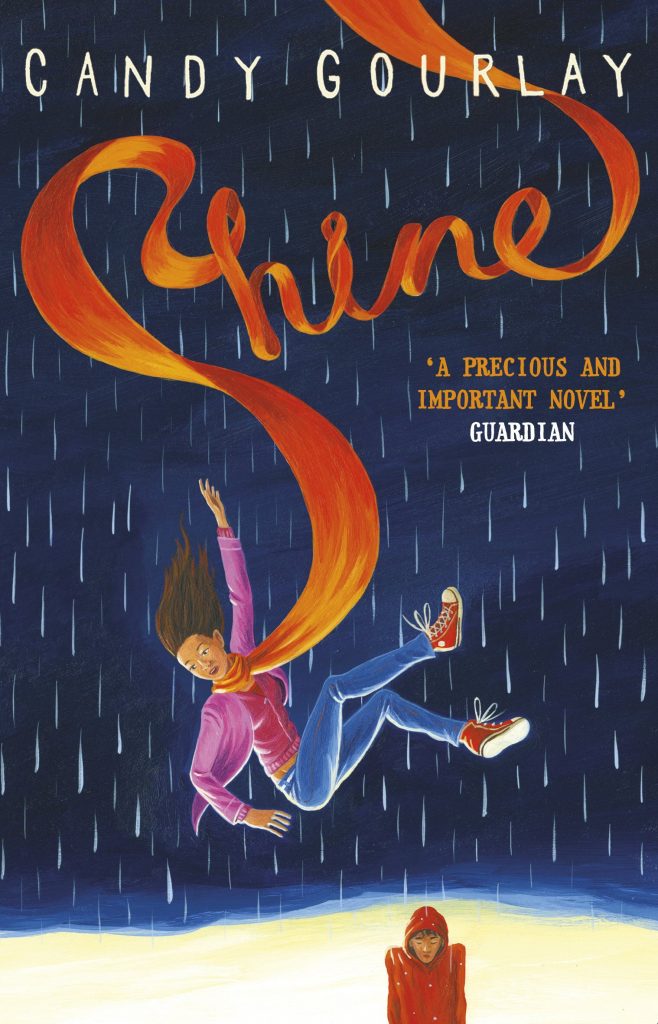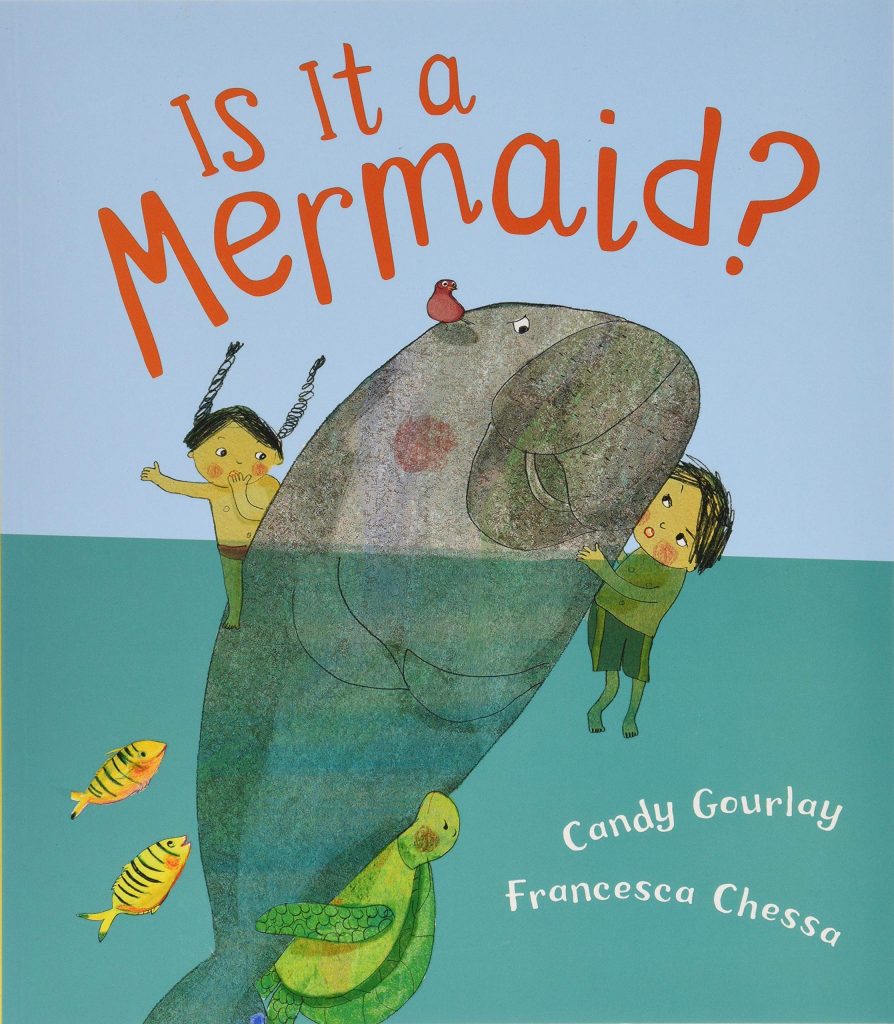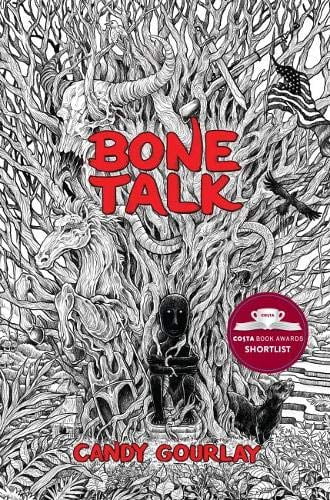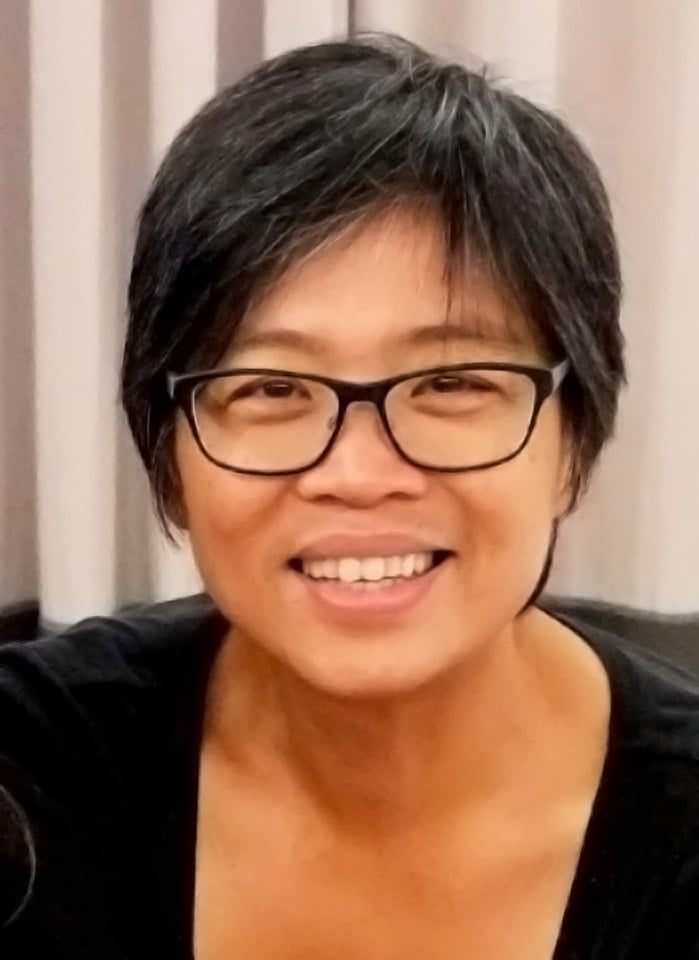We are thrilled to welcome author Candy Gourlay into The Reading Realm today to discuss Bone Talk, Shine, and Is It A Mermaid?
Without giving too much away, can you tell us a bit about ‘Bone Talk’?
Bone Talk is set in a period that has been allowed to fade away in many memories. In 1899, the United States invaded the Philippines. At the time there were still headhunting tribes, and my story is told from the point of view of Samkad, a ten year old boy who is looking forward to becoming a man when he will be given his own shield, his own spear and an axe to chop off the heads of his enemies. His best friend is Little Luki, who also dreams of becoming a warrior … except she’s a girl and in that society, girls do not become warriors. Then strangers begin arriving in their isolated village and slowly, they realise that the world is not what they thought it was.
I’ve just finished reading ‘Shine’ and really enjoyed it. It’s full of interesting, complex characters, mystery and cleverly balances the modern world of social media and the internet with myth and legend. How is ‘Bone Talk’ similar to ‘Shine’? How is it different?
I’m glad you enjoyed it! Bone Talk is totally different, set in a real place at a real time. But my heroes struggle with the same issues: identity, culture clash and coming of age.

I was interested in the exploration of gender in ‘Bone Talk’. Luki says that Samkad is too short and too small to be become a man and Samkad is desperate to be powerful, handsome and strong. How important is it to you in your writing to challenge gender stereotypes?
When I was a child and teenager I was constantly told off for acting like a boy. Even now as a grown up, I am so aware of other people’s expectations that one behaves according to norm. Now as a brown-skinned immigrant living in London, I still have to contend with strangers who meet me with pre conceived notions of who I should be. The themes authors select are the scabs we pick in our daily lives. I guess this is one of them!
Were there any parts of ‘Bone Talk’ that you particularly liked writing? Were there any parts or scenes that were especially difficult?
Bone Talk is my first story with a historical background and I was keen to represent the history and the people as best I could without doing them harm. At the same time I wanted to write it in an accessible, page turning way – because it is set in an unfamiliar culture I really struggled to keep boring exposition and explanation at bay! Also, if I was going to be true to my story, it was important that I did not flinch from some aspects that the Western reader might find unpalatable. I enjoyed researching the period, and learned so much. It got a bit addicting and though the book was published last year, I find myself continuing to research it!
In Chapter 17 in ‘Shine’, you talk about a character’s perception of London and say:
‘It was such a mixing bowl, churning with people of every colour, every story ever told, every work ever spoken. So easy to dive in, mix in, disappear into that melting pot. No fingers pointing, nothing to hide…’
I wondered if this reflected your own perceptions of the UK before you moved here from the Phillipines? What was your experience of moving here like?
Ha ha, I could write a book about it! I had never lived anywhere but the Philippines and had only experienced the UK in books. The change truly was bewildering and my books, Tall Story, Shine, do talk about the mind blowing experience of changing cultures. The Philippines is a volatile place – not just because of politics but because our geography means natural disasters (earthquakes, super storms) are a common occurrence. I was really struck by how London did not experience the same volatility. And as a result, people seem to expect everything to work and are really put out when they don’t. In the Philippines, nothing works, and it leads to a kind of shoulder-shrugging fatalism.
You often tell your stories through the use of dual narratives. Why is this? When writing dual narratives, do you write the stories alongside each other, at the same time, or write one at a time? What does the planning process look like?
With Tall Story, I used a dual narrative to enhance the culture clash between Andi and her Filipino brother, Bernardo. In Shine, I wasn’t planning a dual narrative, but was struggling with a back story that was too juicy to cut. In the end I put that story into a second voice. I like the structural challenge of the dual narrative. The knitting together of two disparate stories and somehow getting them to rise and fall together before having them meet. It’s a really fascinating narrative challenge.
I was pleased to see that Is It A Mermaid? was chosen by Empathy Lab for their 2019 Read for Empathy Guide. Can you tell us a little bit more about the inspiration behind the story and the process of working with Francesca Chessa, the illustrator?
Back in the age of exploration when Europeans arrived in Asia, they found sea cows (called dugongs) in the shallow waters and mistook them for mermaids. They must have been at sea for a loooong time! Is It a Mermaid is about a dugong who actually believes she is a mermaid. My publisher, Otter Barry Books, took a long time to find an illustrator. That is when I learned that a picture book is not just the writer’s story but a collaboration between writer, illustrator and publisher – and it is the publisher’s vision that brings us all together! Francesca is so impressive. She created detailed pencil sketches of all the spreads before producing them in colour. But Francesca had not been to the Philppines (for example, her early sketches had seagulls – there are no seagulls in the Philippines!). So I sent her photographs from my holiday in Camiguin, an island with seven volcanoes. I was amazed when I saw it in colour. I had not imagined it would look like that!

What are the main differences and similarities between writing for older children and writing picture books? Do you have a preference for one type of writing?
When I started writing I wanted to publish picture books. I only started writing novels because it was so hard to break into the picture book world. Is It a Mermaid is a dream come true. Picture books in the UK are published with an eye to the 0 to three year old reader, and publishers make money through translations in other markets … this means many interesting challenges to the storytelling and the story itself. Writing for specific markets, you have to consider so many things as an artist – not just theme and story shape but the emotional capacity of your reader. You also have to take into account that your reader has no experience, no hindsight. This, I think, is what differentiates the young reader from an adult reader.
What would you say the main themes in your stories are?
My stories are all coming of age stories and all coming of age stories are about identity.
What does a day in the life of Candy Gourlay look like when you’re writing?
I try to all my “pretty” writing done in the morning when I’m still feeling fresh. After that, I lose my focus somewhat and I can do “ugly” writing – I constantly revise my synopsis, I write outlines, sketch out chapters, write things up badly. I left Facebook last Christmas and it has really helped me keep my writing at the centre of the day. I love doing events and school visits but the interruptions really make my writing suffer and I get super tired now. So I’m trying to be more careful about my schedule.
How would you envisage teachers using ‘Bone Talk’ in their classrooms? Is there an age group that the book would work particularly well with? Do any activities or ideas spring to mind?
I spoke at a Carnegie Shadowing event recently, telling the story of how difficult it was to research the voices of my tribal characters because all the history books had been written by their enemy, the United States, or by Philippine elites who looked down on them. I talked about how their story had been twisted and misrepresented to fit the US’s imperial agenda at the turn of the century, as well as the continuing impact of that time. I was surprised when this led to children asking questions about Britain’s colonial history in India. Someone even brought up stories around the Windrush. I think Bone Talk would be a fantastic stepping-stone towards discussing colonialism. Right now, I am working on teaching resources for my website.
Apart from your own book, is there another book or author you would recommend to children that you’ve enjoyed recently?
I recently read Cloud Boy by Marcia Williams. Marcia is better known for writing and illustrating retellings of Shakespeare and other classics. Cloud Boy has a touch of Sally Nicholls’ Ways to Live Forever … at the same time it’s got a story within a story sewn into it: of a little girl stuck in a Japanese concentration camp in Singapore during the second world war. Her story is told via letters to the kitten she had to leave behind.
Finally, can you describe your new book ‘Bone Talk’ in three words?
Friendship. Growing up. Change.



